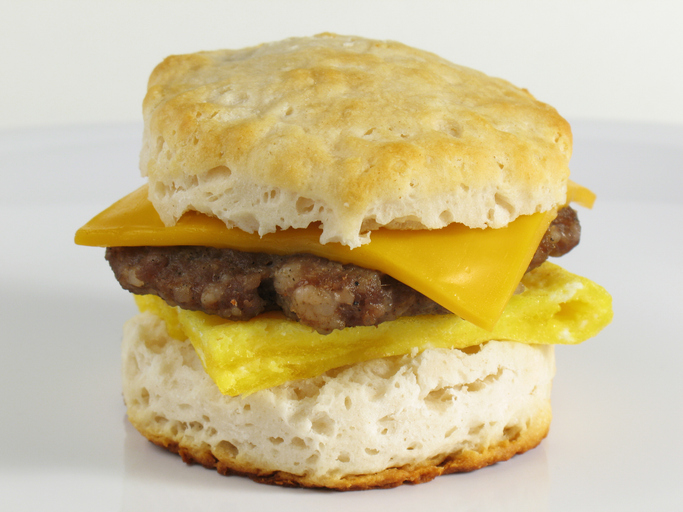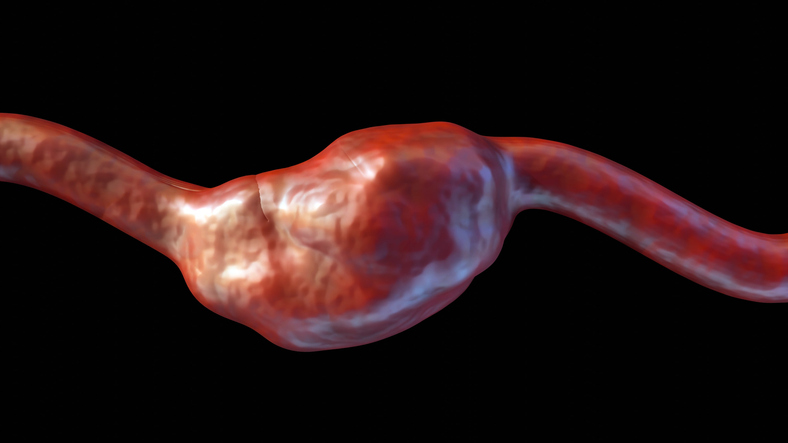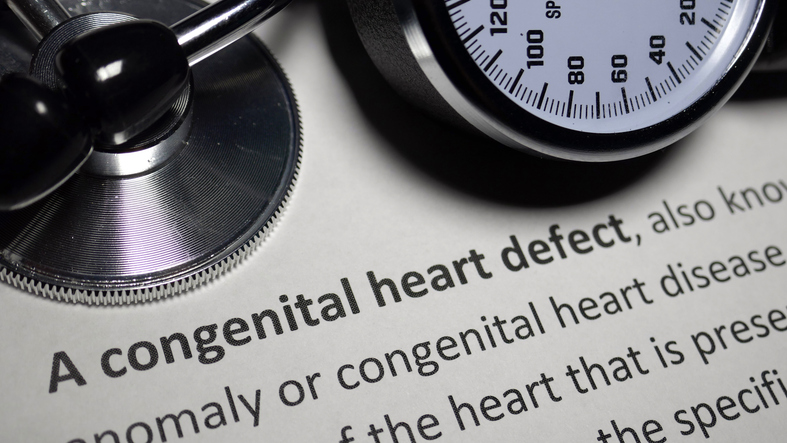
An undergraduate researcher at the University of Texas at Arlington, Ken Perry, is the recipient of two research awards from the American Physiological Society for his research on a connection between high-fat meals and cardiovascular health, which was published in Physiology.
Perry, along with Professor R. Matthew Brothers, aimed to determine the impact of a single high-fat meal (HFM) on cerebrovascular pulsatility index (measurement of cerebrovascular stiffness) and cerebral autoregulation (the ability of the cerebral vasculature to maintain constant blood flow during changes in arterial blood pressure), which are both indices of cerebral vascular function and health.
The study included 15 participants (13 male; age 28±11 years; body mass index, 24±4). Measurements were recorded before and two hours after consumption of an HFM consisting of one sausage biscuit, one egg McMuffin, two hash browns, and one bottle of water from McDonald’s (990 kcal, 55 g fat, 89 g CHO, 35 g protein, 2,120 mg sodium).
Continuous measurements of beat-to-beat blood pressure and middle cerebral artery blood velocity (MVAC) were obtained during a minimum of six-minute quiet supine rest.
Pulsatility index was calculated as MCAVsystolic − MCAVdiastolic / MCAVmean. Cerebral autoregulation was calculated as transfer function gain between spontaneous beat-to-beat changes in mean blood pressure and MCAVmean.
Pulsatility index was elevated after HFM consumption (pre, 0.81±0.12; post, 0.92±0.15; P<.001). Cerebrovascular autoregulation indexed as transfer function gain was elevated after consumption of the HFM in the very low, low, and high frequency ranges (P=.01). Pulsatility index and transfer function gain were correlated in the low frequency range before (R, 0.77; P<.01) and after (R, 0.64; P=.02) HFM consumption.
“These preliminary data indicate that a single HFM reduces indices of cerebral vascular function/health. Lastly, there is a positive relationship between PI and transfer function gain. Future work will continue to build upon these findings in a larger data set and will consider the impact of long-term exposure to a traditional HFM diet,” the researchers concluded.







 © 2025 Mashup Media, LLC, a Formedics Property. All Rights Reserved.
© 2025 Mashup Media, LLC, a Formedics Property. All Rights Reserved.